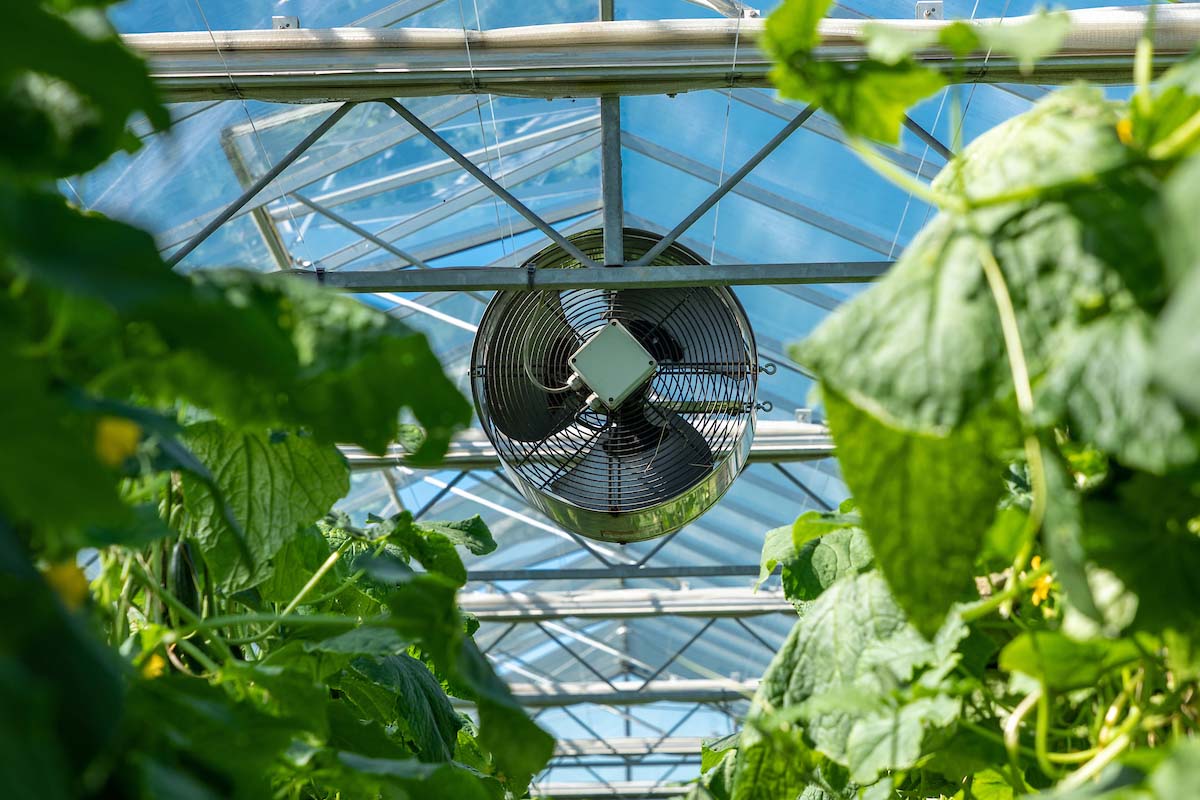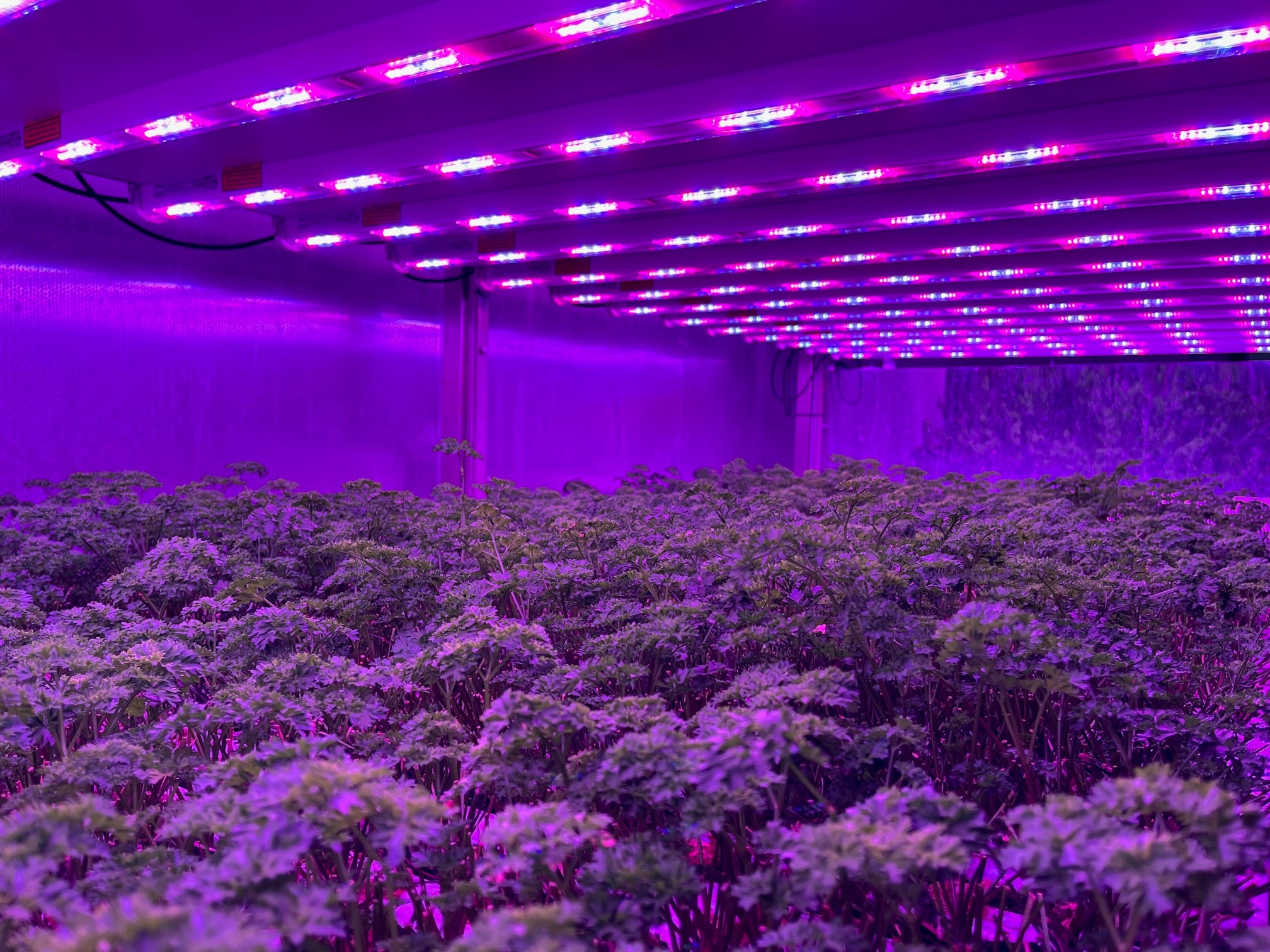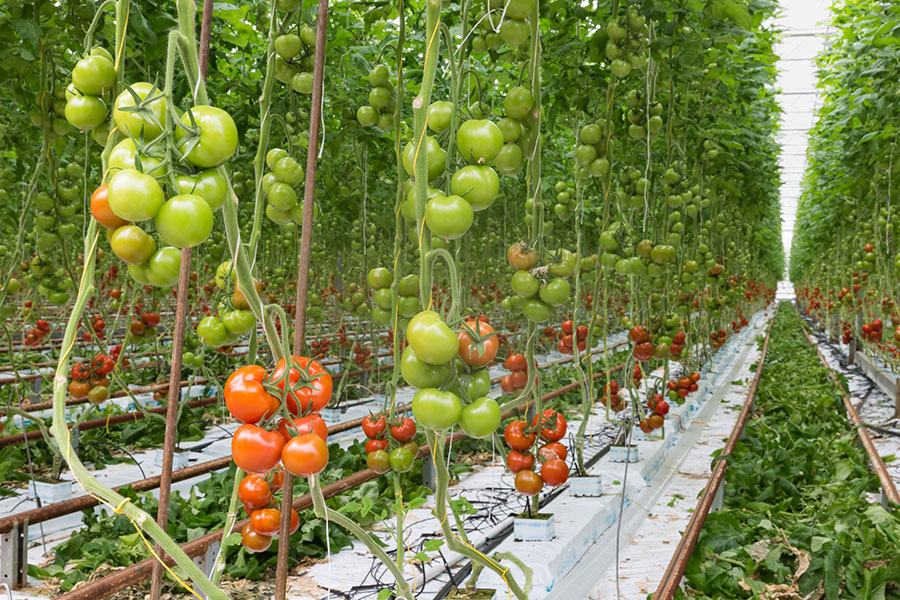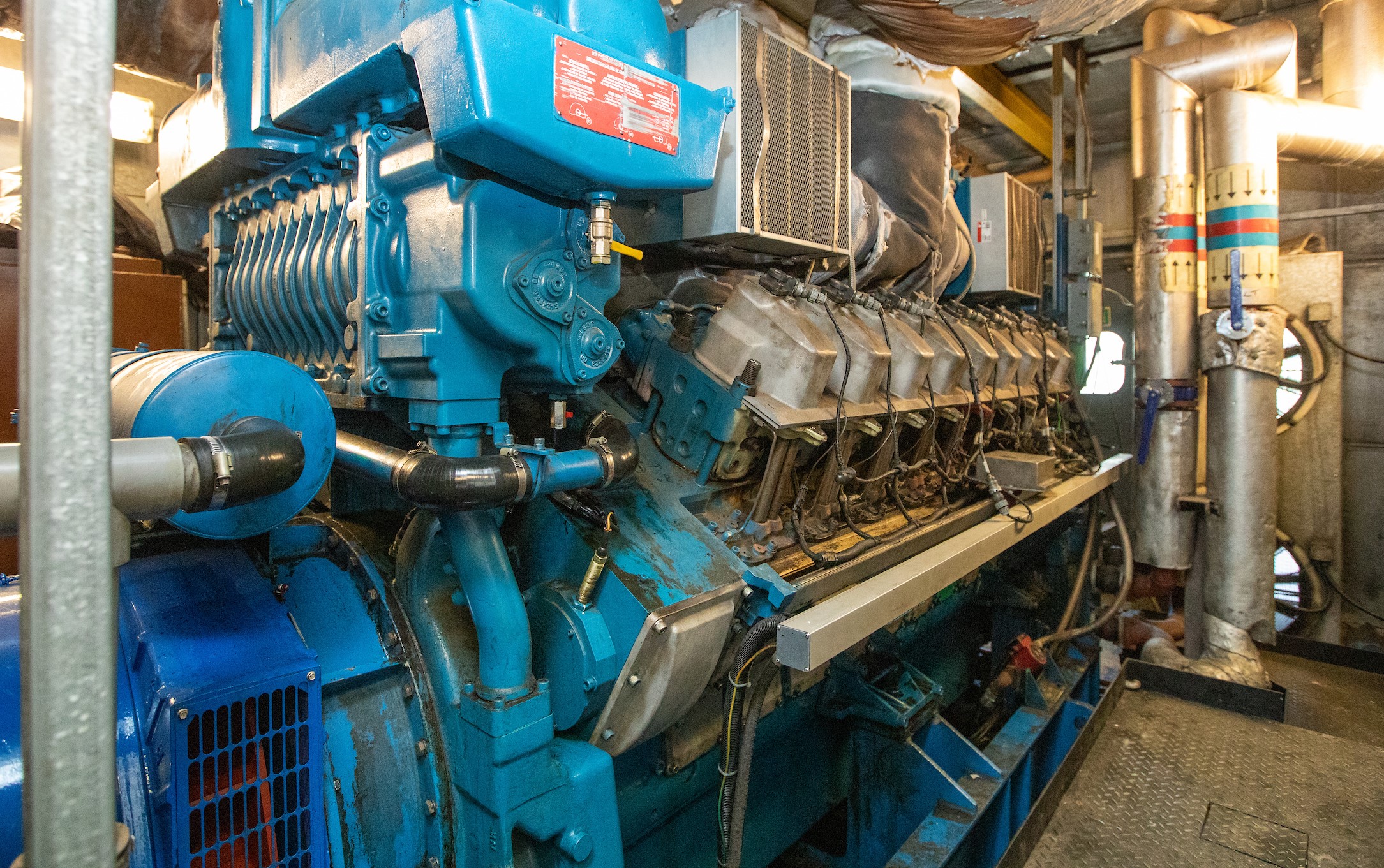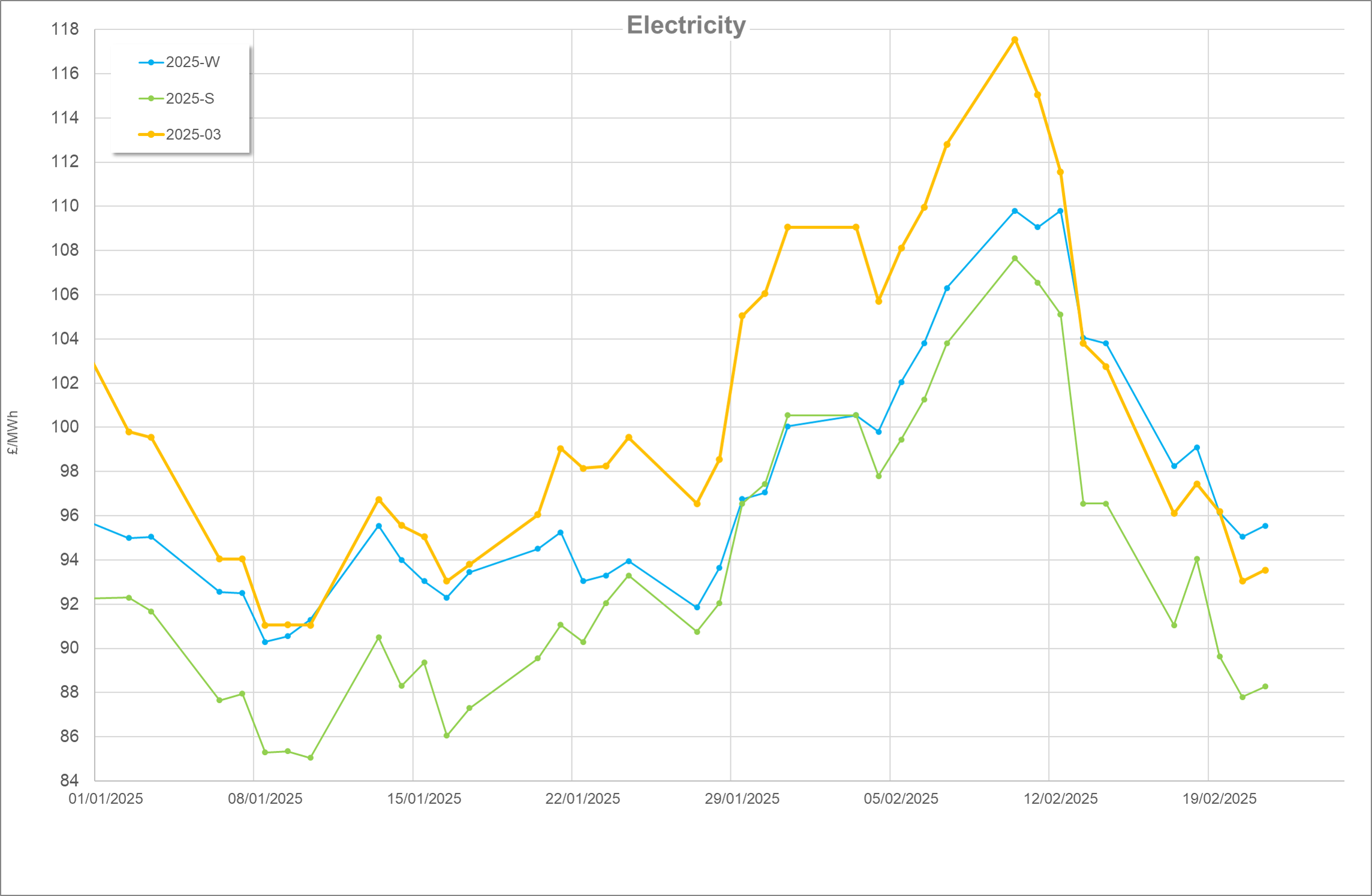In a previous article, we discussed the terms related to humidity, as well as the benefits of active dehumidifiers compared with raising pipe temperatures and opening vents.
This article will instead focus on the principles of Growing by Plant Empowerment (GPE) and the benefits of optimising humidity control.
Plant Empowerment
“Optimisation of plant growth and climate control must be based on a balanced approach of energy, water, and assimilates, rather than one or more single factors such as temperature or humidity.” – Plant Empowerment: The Basic Principles1.
In essence, GPE focuses on optimising core balances both within the plant: water, energy, and assimilates; and the growing environment: water, energy, and CO2. Maintaining these six factors in balance boosts yield and quality through enhancing plant health and reducing stress.
Optimising photosynthesis is, of course, desirable. For this, the plant requires Photosynthetically Active Radiation (PAR), high CO2 levels, and maintaining an equilibrium in water and energy. As well, high relative humidity (RH) levels promote open stomata which facilitates CO2 and water transfer through the leaf.
Energy balance of the plant is dependent on energy flows: light, heat, convection, and evaporation. If light and heat are being provided, pathways for excess energy to be expelled from the plant must also be provided to prevent it from suffering heat stress, e.g., adequate irrigation and/or air movement. Since stomata opening is promoted at high RH, a high RH is also useful in allowing high rates of evaporation at the leaf.
Whilst typical climate control is done based on set-points in air characteristics, temperature, humidity, etc., GPE suggests instead that optimal growing attempts to maintain each of the balances described above by tackling the cause of change in temperature and humidity rather than the values themselves.
In terms of humidity control, GPE suggests that both RH and absolute humidity (AH) are necessary to measure at the crop level, above screens, and outdoors. Alongside this, a calculation for vapour pressure difference (VPD) is needed to determine water stress. For corrective actions, both a method for increasing humidity during high-irradiance times and decreasing humidity overnight are needed. These corrective actions should be taken in preparation to changing weather conditions, rather than reactively based on changes to indoor measured values.
Humidity Control
Water transfer through a plant is always in balance. Although some water is stored within the fruit and foliage which can act as a buffer, and water is used during photosynthesis, the main pathway for water entering a plant through the roots is by water evaporation at the leaf. This is important as root water intake brings with it essential nutrients such as calcium.
Since active plants are releasing water (and therefore requiring excess energy at the leaf), eventually water must be removed from the greenhouse to prevent saturation. Typically, water is removed from the growing environment through either condensation or ventilation.
The glass in the roof of the greenhouse is very often cooler than the air inside it. If the glass temperature is lower than the dew point of the internal air, condensation will occur. This effect is especially prominent when overnight screening is used, as the temperature of the air between the screen and the roof rapidly decreases and thus the dew point increases.
Ventilation allows water the leave the greenhouse, only if the outdoor AH is lower than the internal AH. However, this often necessitates increasing the temperature of the incoming air to match the outgoing air, which can be costly. Ventilation in this way also removes supplementary CO2, should it be added to enrich the growing environment. Although, it should be noted that burning gas to increase the air temperature typically generates additional CO2.
Better humidity control can be achieved by ventilating above a closed screen, compared to raising pipe temperatures (given the screen allows water transfer, which most modern cloths do). This has the added benefit of keeping the screen entirely closed. When screens are gapped, cold air drops onto localised areas of the crop, leading to cold plant heads and increased risk of condensation on the plant. As well, plants under the screen gap are exposed to the greenhouse roof, potentially reducing their temperature further by heat emission, increasing risk of condensation.
However, this method of ventilating above a fully closed screen cannot be done when ambient light is needed. Therefore, the use-case for dehumidifiers is to maintain humidity and CO2 enrichment levels without the costs of excess heating. Uncoupling humidity control from heat addition to the greenhouse allows for more precision interventions and therefore can maintain key balances more efficiently.
- van Weel, Peter & Geelen, Peter & Voogt, Jan. (2018). PLANT EMPOWERMENT The Basic Principles. ↩︎
This article was written by Eirinn Rusbridge

